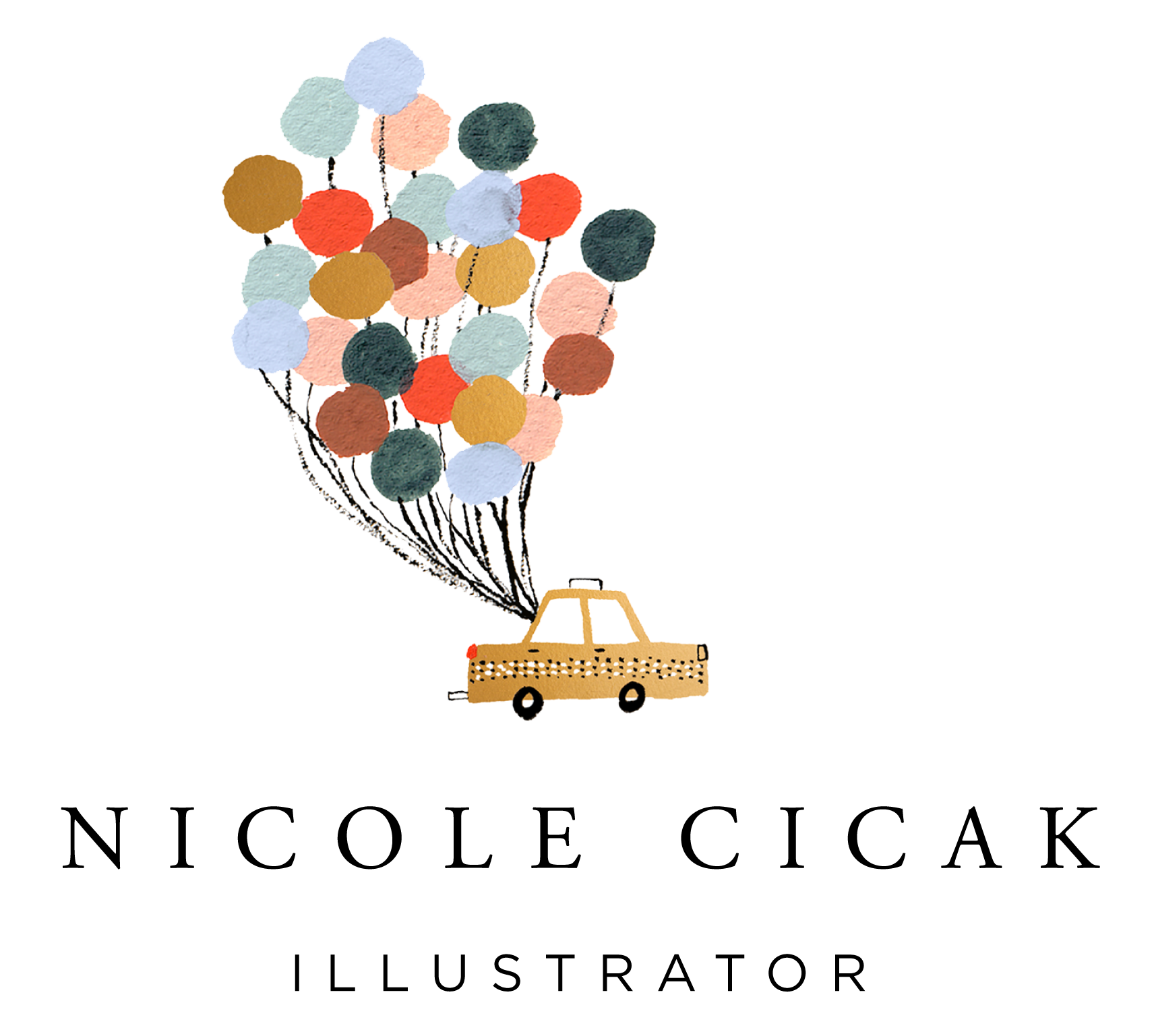7 Things Your Art Website Needs
I make a habit of updating my website frequently, since my business model is always changing. I used to doodle little diagrams of my business structure, but now my website is how I organize all of my ventures in my brain. If something isn’t a tab on my website, it isn’t on my radar. I also make a habit of removing things from my site if I decide to change directions. I even have inactive tabs for future ventures I plan to tackle.
As some of you know, I used to be a freelance graphic designer. I’m lucky that maintaining a website and brand around my art feels easy. The art itself has always been the tough part for me. Also, I’m grateful sites like Squarespace exist, which makes website building easy. That’s where I’ve built out my sites. I’m not being paid to say this by the way, I’m just a huge Squarespace fan.
I realize not every artist has a design background. Still, I frequent the sites of other artists, and I’m surprised at the gaps. I see a lot of missed opportunities. You only get one chance at a first impression when someone visits your site. This is why, today, I’m going over 7 things every art website needs. And if you don’t already have an art website, I would consider making one, even if you just make art in your spare time.
1. Visual Logo
Your logo should look like a piece of your artwork. It should elude to the kind of art you make and contain your name (or art business name). I like the idea of stating what you do underneath - like “painter,” “potter,” or “sculptor.” My logo says “illustrator,” because that’s what I primarily do, even though I dabble in other things like writing and design. I hate when artists just use a simple font for their logo. It’s such a missed opportunity.
If you’re having trouble of thinking of a visual for your logo, think about something you always add to your work. It could also be a play on your name or a reference to something from your childhood. Maybe it’s even an illustration of your favorite art supplies.
2. Portfolio
It pains me when I go to an artist’s website and I have to search for their work. Your portfolio should be on your homepage, because that’s what most people will be looking for. Details about the projects you’ve done don’t matter as much as your aesthetic. Try to choose pieces that best represent your style. Focus 80% of your portfolio on the subject matter you work in the most, but make the other 20% additional subjects to show off your many talents.
I like how illustrator Kate Pugsley has her portfolio front and center on her website.
3. Important Links
The most important link is your shop link(s). I do most of my sales on Etsy, but I also have a print shop website I own. I sell wholesale on Faire too. I have links to all these shops on my site. If you don’t have a shop yet, start small. List just a few prints for sale on your website. I used to work through gicleetoday.com to have my prints produced. Eventually, I started producing my own prints when the demand was high enough. You can also sell your originals or downloads.
Other links to include could be social media pages, awards, and mentions.
As you grow your art business, your links may become overwhelming. They don’t all need to be part of your navigation. For instance, maybe you click “shop” in your navigation, and then you can list all the ways someone can buy your art on one page. I have a navigation dropdown for all of my shops. Or maybe your social links are just little icons in your footer. Try to keep things simple for those who visit your site.
4. Subscribe Form
In my mind, this isn’t optional. Even if you aren’t sending a newsletter right now, you should still be collecting emails for the future. Those who give you their email are your biggest fans. They are the first people who’ll want to know about new art.
Illustrator Rebecca Green does a really great job with her newsletter.
5. Blog
Whether you like writing or not, all artists should have a blog. You don’t need to write lengthy articles like I do. It can just be a place where you share recent work and updates. You can share weekly, monthly, or even a few times a year. People want to know what you’re up to. Your voice matters. Plus all the additional words on your site are a great way to drive traffic.
I like how illustrator Emma Block does her blog. She tends to post every few months with important updates.
6. Contact
What’s the point of having a website, if you don’t have a way for people to get in touch with you? If you get the same questions over and over again, try making an FAQ section on your contact page.
Artist Janet Hill has a nice FAQ page on her website.
7. About
This is important too, even if you don’t think it is. People want to know about you and your work. Make sure to include a picture of yourself and a bio. Keep your bio short and sweet. Talk about your personal life, your mission, your background as an artist, the tools you use, and/or your inspiration.
Artist Aniek Bartels has a really nice bio on her website.















Thanks for stopping by! I’m an illustrator & writer. I’ve been running my own creative business since 2015. My mission is to help artists find their unique creative voice, build positive habits, and do what they love for a living.